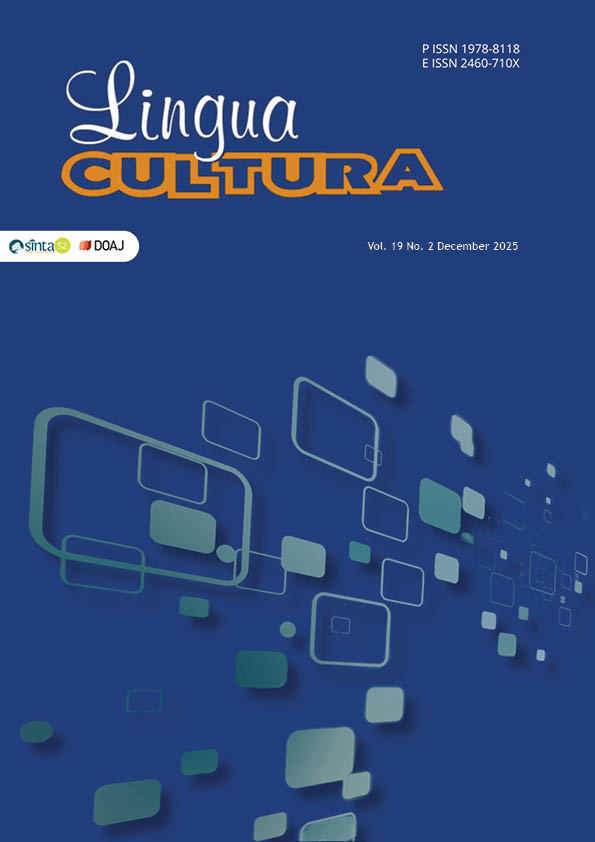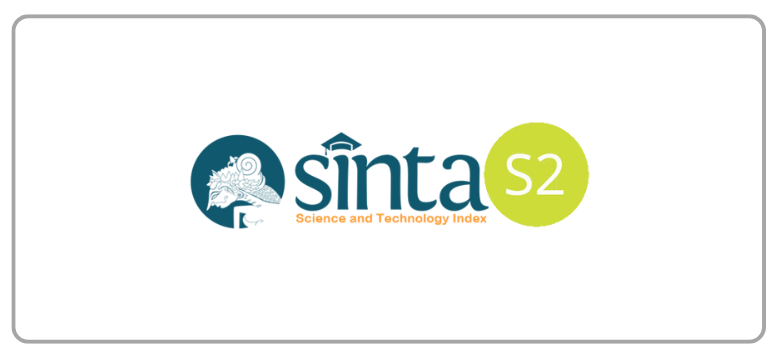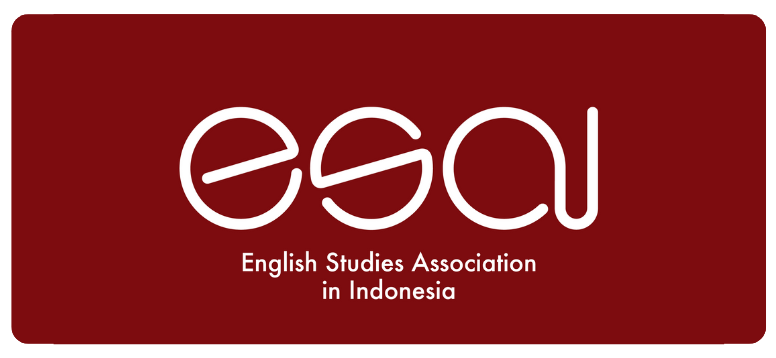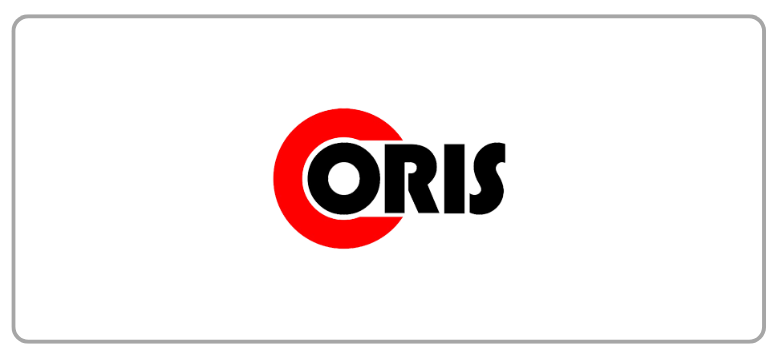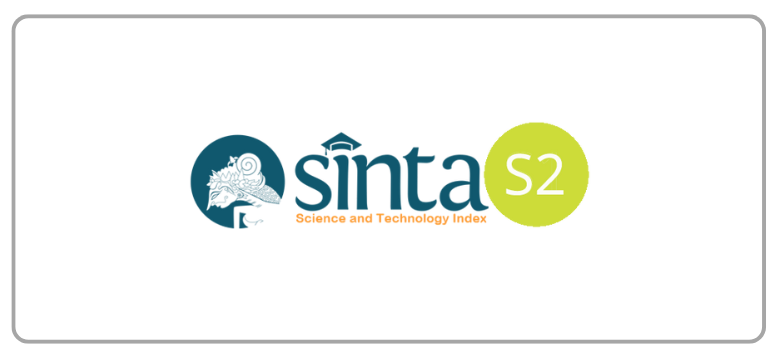Media Representation of the KPK in News Coverage: A Faircloughian Critical Discourse Analysis
DOI:
https://doi.org/10.21512/lc.v19i2.12544Keywords:
Kompas, Tempo, KPK, Critical Discourse AnalysisAbstract
This research aims to analyze how the online media outlets Kompas and Tempo portray the image of the Corruption Eradication Commission (Komisi Pemberantasan Korupsi or KPK) during its working meetings held in Yogyakarta. Using a descriptive qualitative method and applying Norman Fairclough’s Critical Discourse Analysis (CDA), the study investigates media representation across three analytical dimensions: text, discursive practice, and sociocultural practice. The findings reveal that in the textual dimension, Kompas constructs a positive image of the KPK by using supportive language and justifying the Commission’s actions. At the same time, Tempo presents a negative portrayal, often highlighting ethical concerns and public criticism. At the level of discursive practice, Kompas maintains a balanced reporting style, occasionally aligning with government perspectives. In contrast, Tempo reinforces its reputation for investigative journalism by critically scrutinizing the KPK’s decisions. On the sociocultural level, Kompas seeks to preserve the KPK’s legitimacy following the controversial revision of its governing law in 2019, while Tempo critiques the Commission’s choice to hold a high-profile meeting during the height of the COVID-19 pandemic, framing it as insensitive to public health and economic challenges. This study demonstrates that media discourse plays a pivotal role in shaping public perceptions of government institutions, particularly during times of crisis. The study highlights how ideological and linguistic strategies influence narratives, underscoring the importance of critical media literacy and the accountability role of journalism.
References
Abbas, A. H. (2022). Politicizing COVID-19 vaccines in the press: A critical discourse analysis. International Journal for the Semiotics of Law, 35(3), 1167-1185. https://doi.org/10.1007/s11196-021-09857-3
Abdul, I., Bajri, A., & Othman, E. (2020). Critical discourse analysis of Martin Luther King Jr.’s speech I have a dream and Malcom X’s speech a message to the grassroots. Journal of Linguistics and Literature, 4(1), 1-14.
Ali, W., & Khan, F. (2022). A critical discourse analysis of Oscar Wilde’s short story The Happy Prince: A Norman Fairclough approach. The Lighthouse Journal of Literature & Linguistics, 1(1), 24-34.
Ananda, M. F. S., Nugraha, A. R., & Sumartias, S. (2019). Analisis framing pemberitaan korupsi massal di media online detik.com. Jurnal Studi Komunikasi (Indonesian Journal of Communications Studies), 3(2), 253. https://doi.org/10.25139/jsk.v3i2.1464
Arianto, B. (2021). Retract: Media sosial sebagai ruang baru kekerasan berbasis gender online di Indonesia. Jurnal Inovasi Ilmu Sosial Dan Politik (JISoP), 3(2), 105-117. Retrieved from https://riset.unisma.ac.id/index.php/JISoP/article/view/13201
Cahyaningsih, O., & Pranoto, B. E. (2021). A critical discourse analysis: The representation of Donald Trump in the Reuters and the New York Times towards the issue of #blacklivesmatter. Linguistics and Literature Journal, 2(2), 75-83. https://doi.org/10.33365/llj.v2i2.501
De Fina, A., & Georgakopoulou, A. (2020). The Cambridge handbook of discourse studies. In The Cambridge Handbook of Discourse Studies (Issue 2012). https://doi.org/10.1017/9781108348195
Durmaz, Z., & Yogun, M. S. (2022). A critical discourse analysis of a visual image in Norman Fairclough’s CDA model. Uluslararası Eğitim Araştırmacıları Dergisi, 5(1), 25-33. https://doi.org/10.52134/ueader.1101763
Eghlidi, M. (2016). Critical discourse analysis of ‘People’s Son’ story: A micro-and macro-levels analysis. Journal of Applied Linguistics and Language Research, 3(5), 54-68.
Erdayani, R., Afandi, S. A., Afandi, M., Aswad, H., & Afandi, N. H. (2023). Political competition in Riau: A review of critical discourse analysis. Jurnal EL-RIYASAH, 13(1), 92. https://doi.org/10.24014/jel.v13i1.20901
Fairclough, N. (2001). CDA as a method in social scientific research. Methods of Critical Discourse Analysis, 113, 121-139.
Fan, Y., Li, B., Sataer, Y., Gao, M., Shi, C., Cao, S., & Gao, Z. (2023). Hierarchical clause annotation: Building a clause-level corpus for semantic parsing with complex sentences. Applied Sciences (Switzerland), 13(16), 1-25. https://doi.org/10.3390/app13169412
Firdaus, A. H. (2023). Evaluasi kinerja komisi pemberantasan korupsi dalam pemberantasan korupsi. Syntax Literate; Jurnal Ilmiah Indonesia, 7(9), 1593215942.
Gitonga, N. (2019). Bridging micro and macro level theories in the social sciences: Strategies, challenges, and innovations in theory construction. Journal of African Interdisciplinary Studies (JAIS), 3(8), 63-72.
Guo, M. (2019). Intertextuality and nationalism discourse: a critical discourse analysis of microblog posts in China. Asian Journal of Communication, 29(4), 328-345. https://doi.org/10.1080/01292986.2019.1628286
H.Y. Salama, A. (2022). Cothematic intertextuality in a sociocognitive discourse-analytical perspective. Arab World English Journal, 13(1), 462-476. https://doi.org/10.24093/awej/vol13no1.30
Hajrah, H., Jufri, J., & Ambo Dalle. (2024). Representasi kekuasaan dalam teks pidato presiden Joko Widodo: AWK Norman Fairclough. Jurnal Onoma: Pendidikan, Bahasa, Dan Sastra, 10(3), 2472-2483. https://doi.org/10.30605/onoma.v10i3.3858
Haryono, C. G., & Setyawan, D. (2020). MAKNA DIBALIK PESAN POLITIK KEBANGSAAN PRESIDEN JOKOWI (Analisis wacana kritis Fairclaugh terhadap pernyataan sikap presiden Joko Widodo menanggapi kerusuhan rasial di Papua dan Papua Barat). DIALEKTIKA KOMUNIKA: Jurnal Kajian Komunikasi Dan Pembangunan Daerah, 7(2), 33-53.
Hilmiyatun, Suwandi, S., Waluyo, H. J., & Wardani, N. E. (2022). Between ecology and economics: A critical discourse analysis of Putri Mandalika folklore. Theory and Practice in Language Studies, 12(11), 2388-2396. https://doi.org/10.17507/tpls.1211.20
Larasati, A. R. (2022). KONSTRUKSI PEMBERITAAN KORUPSI BANTUAN COVID-19 DI MEDIA ONLINE (Analisis wacana kritis kasus korupsi Juliari Batubara di Kompas.com pada tanggal 6-20 Desember 2020). 1-95.
Maruapey, M. H. (2020). Distorsi integritas dan pencegahan korupsi. Jurnal Riset Manajemen & Bisnis (JRMB), 5(1), 115-120.
Maulidiah, R. H., Nisa, K., Rahayu, S., Irma, C. N., & Fitrianti, E. (2023). Multicultural education values in the Indonesian textbooks: A critical discourse analysis. Theory and Practice in Language Studies, 13(3), 624-635. https://doi.org/10.17507/tpls.1303.11
Mujianto, H., Hendrawan, H., & Sadiyah, H. (2023). Analisis wacana kritis pemberitaan kasus penipuan di media online Kompas.com. Jurnal Komunikasi Universitas Garut: Hasil Pemikiran Dan Penelitian, 9(1), 1016-1030. https://journal.uniga.ac.id/index.php/JK/article/view/2464
Nurhayati, E., & Sukarno, S. (2022). Mengungkap sikap majalah Tanwirul Afkar dalam menanggapi kritikan BEM UI terhadap Jokowi: Analisis wacana kritis Norman Fairclough. Jurnal Komunikasi Pembangunan, 20(02), 110-124. https://doi.org/10.46937/20202240654
Sobari, T., Abdurohim, A., Mustika, I., & Suryana, S. I. (2025). Analysis of the critical discourse of Norman Fairclough study in the discourse “Turbulence of The Independent Curriculum” Daily Kompas.com. Ranah: Jurnal Kajian Bahasa, 14(1), 243-257. https://doi.org/https://doi.org/10.26499/rnh.v14i1.8180
Syahlendra, R., & Ashaf, A. F. (2021). REPRESENTASI KORUPTOR DALAM STAND UP COMEDY INDONESIA: (Analisis wacana kritis Norman Fairclough pada materi mengenai koruptor oleh Insan Nur Akbar di audisi stand up comedy Indonesia pertama episode 10 Kompas TV). Metakom, 5(2), 1-18.
Talib, N., & Fitzgerald, R. (2016). Micro–meso–macro movements; A multi-level critical discourse analysis framework to examine metaphors and the value of truth in policy texts. Critical Discourse Studies, 13(5), 531-547. https://doi.org/10.1080/17405904.2016.1182932
Downloads
Published
How to Cite
Issue
Section
License
Copyright (c) 2025 Teti Sobari, Yadi Mulyadi, Sabila Idzni Suryana, Isry Laila Syathroh

This work is licensed under a Creative Commons Attribution-ShareAlike 4.0 International License.
Authors who publish with this journal agree to the following terms:
a. Authors retain copyright and grant the journal right of first publication with the work simultaneously licensed under a Creative Commons Attribution License - Share Alike that allows others to share the work with an acknowledgment of the work's authorship and initial publication in this journal.
b. Authors are able to enter into separate, additional contractual arrangements for the non-exclusive distribution of the journal's published version of the work (e.g., post it to an institutional repository or publish it in a book), with an acknowledgment of its initial publication in this journal.
c. Authors are permitted and encouraged to post their work online (e.g., in institutional repositories or on their website) prior to and during the submission process, as it can lead to productive exchanges, as well as earlier and greater citation of published work.
USER RIGHTS
All articles published Open Access will be immediately and permanently free for everyone to read and download. We are continuously working with our author communities to select the best choice of license options, currently being defined for this journal as follows: Creative Commons Attribution-Share Alike (CC BY-SA)
